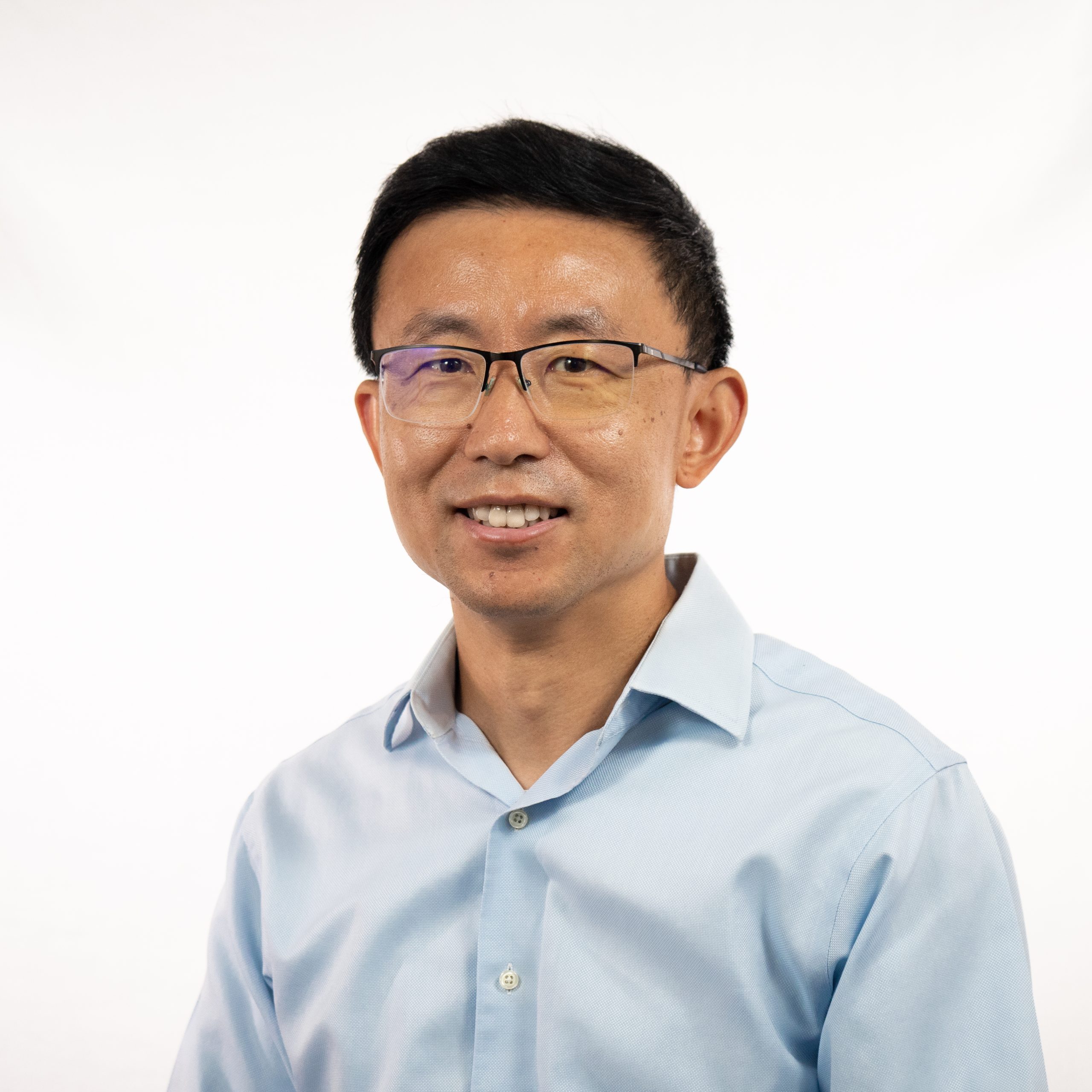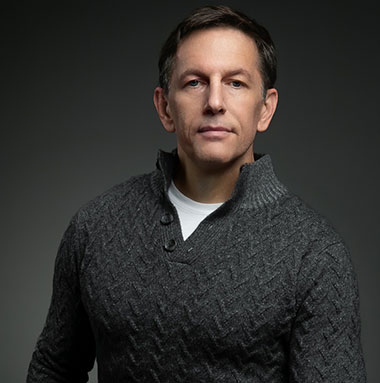

Smart hospitals are revolutionizing health care with the help of AI, IoT and robotics. Following are the latest technology and data analytics tools and trends that are helping these hospitals of the future provide safer, more personalized care.

Smart hospitals are revolutionizing health care with the help of AI, IoT and robotics. Following are the latest technology and data analytics tools and trends that are helping these hospitals of the future provide safer, more personalized care.

Connected devices already enable remote patient monitoring by collecting real-time data, such as injection date and time. With time, these benefits are likely to grow. Following are three areas where manufacturers are exploring new uses of digitalization in drug delivery to better understand the needs of patients and healthcare professionals and create more effective devices.

New data presented at the Technology and Heart Failure Therapeutics (THT) Conference showed that hemodynamic monitoring can slow the progression of heart failure in patients with reduced ejection fraction.

“The solution provider that builds the device and creates the algorithm should consider integration and accountability among multiple other challenges. But meeting the needs of the third element in the equation, the doctors, is key.”

The Intricon Biosensor CoE team has expertise in high-density microelectronics, miniaturization, ultra-low power, miniature molding, firmware development, and wireless communication.

Connected sensors are a key component to improving patient access to and patient retention in clinical trials. Following are considerations for developers and sponsors when designing and selecting sensors for use in trials.

There are several challenges and opportunities on the road to a truly connected, hospital to home healthcare system. Stuart Long, CEO of InfoBionics, discusses new innovations as well as what’s needed to move connected care and remote patient monitoring to the next level of adoption.

Microbatteries are on the cusp of a new era as solid-state lithium technology arrives to pack more energy into smaller form factors. These batteries will enable the products they power to be offered in smaller sizes and more comfortable shapes, with enormous implications for future medtech product designs and capabilities, from the convergence of hearables and OTC hearing aids to wearable devices that are used for remote health monitoring and fitness tracking.

Remote care in the home relies both on the quality of patient monitoring and on the insights provided to the care team. There is a real danger that data overload and alert fatigue will undermine otherwise well-designed remote patient monitoring (RPM) and Hospital at Home programs. The software platform and algorithms tasked with integrating and evaluating data must identify the data that matters, when it matters.

Next-generation, predictive analytic patient monitoring lowers healthcare costs, improves clinical outcomes and enhances the patient experience in hospital-at-home, post-acute care and chronic care management.